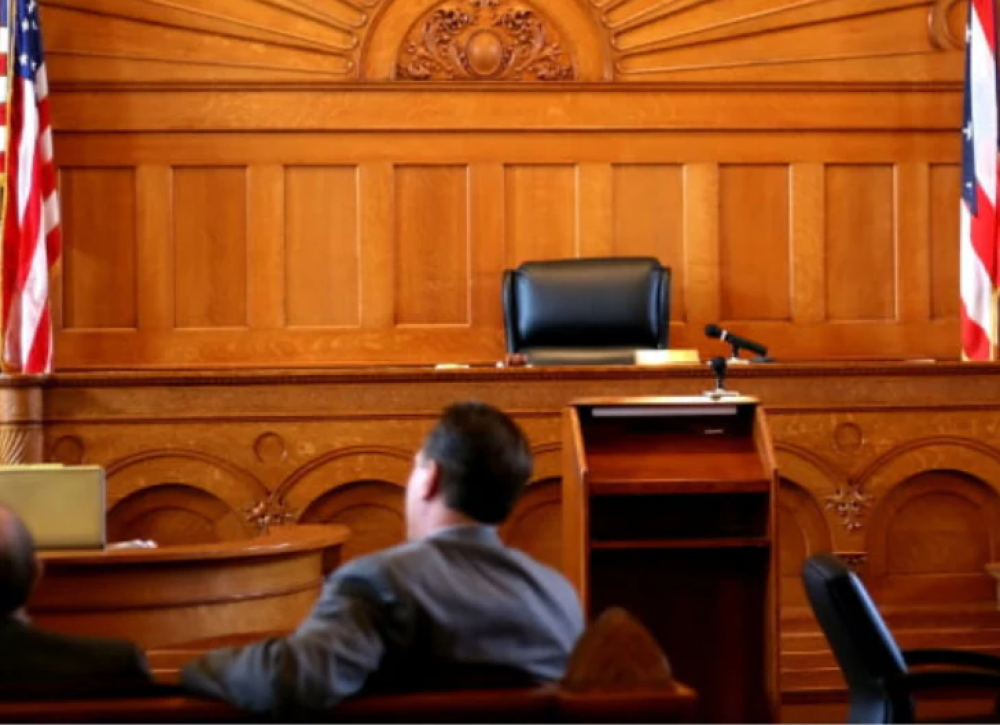
Turn your complaint into a clear roadmap for the court. Learn how strategic complaint drafting guides judges, strengthens your case, and accelerates justice with Legal Husk.
How to Make Your Complaint a Roadmap for the Court
When you file a lawsuit, your complaint isn’t just paperwork. It’s the first story the court will read about your case, and it sets the tone for everything that follows. Judges are busy, defense lawyers are strategic, and the complaint is the one document that can either clarify your path forward or create obstacles before you even step into the courtroom.
The most effective complaints do more than meet the minimum requirements. They act as a roadmap for the court, guiding the judge through the facts, the law, and the relief you’re seeking in a way that makes the case simple to understand — and compelling to support.
At Legal Husk, we transform complaints into strategic documents that don’t just open the door to litigation but lead the judge down the exact path you want them to follow.
In this post, you’ll learn:
Why Ordinary Complaints Fail to Guide the Court
Too many plaintiffs — and even some lawyers — treat complaints as a formality. They think, “I just need to state the facts and the claims.” But complaints drafted this way often:
The result? Instead of setting a clear path, the complaint becomes a detour filled with obstacles, delaying justice and weakening your credibility.
The Complaint as a Roadmap: What That Really Means
When we say a complaint should be a roadmap, we mean it should:
Think of it this way: If a judge were to read your complaint as their only guide, would they understand your case, your claims, and what you want the court to do? If not, it’s not a roadmap.
Key Elements of a Complaint that Guides the Court
Here are the seven core elements that transform an ordinary complaint into a strategic roadmap:
1. A Strong Opening Statement
The introduction should frame the case in simple, compelling terms. Judges don’t want to sift through twenty pages to understand why you’re in court.
Example:
This case arises because the defendant knowingly breached a binding
contract, costing the plaintiff substantial financial losses. Plaintiff seeks
damages and injunctive relief to prevent further harm.
2. Clear Jurisdiction and Venue
Don’t leave the court wondering if they have authority. Jurisdictional clarity prevents early delays.
3. Organized Statement of Facts
Facts should be chronological, relevant, and concise. Each fact should build toward the legal claims.
4. Properly Pled Causes of Action
Each cause of action should:
5. Integration of Evidence
Complaints that reference supporting documents (contracts, emails, policies) show the court your case is grounded in proof, not speculation.
6. Strategic Framing
A roadmap emphasizes themes — fairness, accountability, or misconduct — that make the judge more receptive.
7. A Clear Demand for Relief
Judges appreciate when plaintiffs state precisely what they want: monetary damages, injunctions, declaratory relief, or other remedies.
Strategic Drafting Techniques that Judges Appreciate
To elevate your complaint into a roadmap, consider these strategies:
Be Persuasive, Not Just Procedural
Complaints are not closing arguments, but they should still persuade. Language that underscores fairness and justice resonates with judges.
Use Headings and Numbering
Organized structure makes navigation easier for the court. Headings act like signposts.
Anticipate Defenses
A roadmap shows the court you know where obstacles may appear — and you’ve already addressed them.
Tell a Cohesive Story
Even as you remain professional, your complaint should have a beginning, middle, and end. Judges are human, and clarity wins attention.
Focus on Relief
The destination of your roadmap is the relief requested. Make sure it’s specific, legally valid, and easy for the judge to grant.
Why Strategic Complaints Win More Than Ordinary Ones
A complaint that acts as a roadmap offers three strategic advantages:
This is why a well-drafted complaint is not just paperwork — it’s your first strategic move in litigation.
Why Legal Husk Specializes in Roadmap Complaints
At Legal Husk, we take complaints beyond the basics. Our process ensures your complaint is not only legally sound but strategically powerful.
Here’s how we do it:
The result? A complaint that is not just filed but followed.
Common Mistakes That Break the Roadmap
If your complaint is not acting as a roadmap, it may be because of:
At Legal Husk, we correct these mistakes every day for clients who started with weak complaints. Don’t let your first filing derail your case.
Why Acting Now Matters
Every delay in litigation costs time, leverage, and money. If your complaint is unclear, incomplete, or disorganized, you invite motions to dismiss, amendments, and delays that could have been avoided.
The earlier you file a roadmap-style complaint, the sooner your case moves forward toward resolution.
Call to Action: Turn Your Complaint into a Roadmap with Legal Husk
Your complaint can either open doors or create roadblocks. Don’t risk filing a complaint that confuses the court, delays justice, or weakens your case.
At Legal Husk, we draft complaints that serve as strategic roadmaps, guiding judges, countering defenses, and keeping your case on track.
👉 Order your complaint drafting service today and give the court a clear roadmap that leads directly to your success.
Conclusion: The Court Wants a Map — Give Them One
Judges deal with hundreds of cases. The ones that stand out are those where the complaint acts as a roadmap — simple, clear, and strategically sound.
A complaint that guides the court is not just about meeting filing requirements. It’s about shaping the narrative, positioning your case, and accelerating your journey to justice.
At Legal Husk, we ensure your first filing is your strongest filing. Let us help you create the roadmap the court — and your case — deserves.
Whether you are dealing with a complex family matter, facing criminal charges, or navigating the intricacies of business law, our mission is to provide you with comprehensive, compassionate, and expert legal guidance.